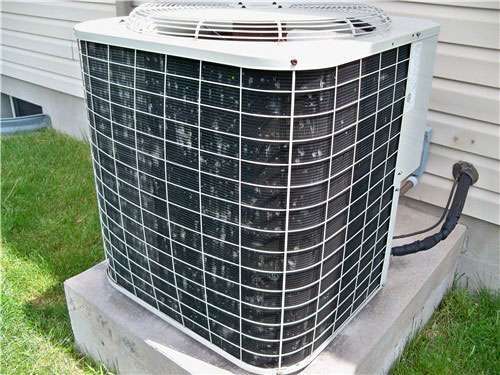Proper roof ventilation is crucial for maintaining the health and longevity of your roofing system. It helps regulate temperature and moisture levels in your attic, which can prevent a range of issues from premature roof aging to increased energy costs. At HD Roofing, we’re dedicated to helping homeowners in Derby and Wichita understand the importance of roof ventilation and choose the best system for their needs. In this blog, we’ll explore different types of roof ventilation and their benefits.
1. Ridge Vents
What Are Ridge Vents?
Ridge vents are installed along the peak of your roof. They are continuous vents that allow hot air and moisture to escape from the attic, promoting airflow throughout the roof.
Benefits:
- Effective Ventilation: Ridge vents provide a consistent and effective means of venting hot air and moisture, which can help prevent issues such as mold growth and roof damage.
- Aesthetically Pleasing: Because ridge vents are located at the peak of the roof, they are less visible and do not detract from the home’s appearance.
- Low Maintenance: Ridge vents require minimal maintenance and are durable, making them a long-term solution for roof ventilation.
2. Soffit Vents
What Are Soffit Vents?
Soffit vents are installed in the eaves or soffits of your roof. They allow fresh air to enter the attic space, which works in conjunction with other ventilation systems to promote proper airflow.
Benefits:
- Improves Air Circulation: Soffit vents provide the intake for air to flow into the attic, which is essential for creating a balanced ventilation system.
- Prevents Moisture Build-Up: By allowing fresh air to enter, soffit vents help prevent moisture from accumulating in the attic, reducing the risk of mold and mildew.
- Enhances Energy Efficiency: Proper ventilation with soffit vents can help regulate attic temperatures, reducing the workload on your HVAC system and lowering energy bills.
3. Gable Vents
What Are Gable Vents?
Gable vents are installed on the gable ends of your roof, usually near the peak of the wall. They allow hot air to escape from the attic, promoting airflow through the space.
Benefits:
- Promotes Airflow: Gable vents facilitate the flow of air through the attic, helping to expel heat and moisture effectively.
- Versatile Design: Available in various styles and sizes, gable vents can complement the aesthetic of your home while providing functional ventilation.
- Easy Installation: Gable vents are relatively easy to install and can be a good option for homes with limited roof space.
4. Turbine Vents
What Are Turbine Vents?
Turbine vents, also known as whirlybirds, use wind power to spin a turbine and expel hot air from the attic. As the turbine rotates, it creates a vacuum effect that draws air out of the attic space.
Benefits:
- Energy-Efficient: Turbine vents do not require electricity to operate, making them an energy-efficient option for roof ventilation.
- Effective in Windy Conditions: These vents work particularly well in windy conditions, where the wind helps drive the turbine and improve ventilation.
- Reduces Heat Build-Up: By expelling hot air efficiently, turbine vents can help maintain a cooler attic space and reduce cooling costs.
5. Power Vents
What Are Power Vents?
Power vents are electrically powered ventilation systems that actively expel hot air and moisture from the attic. They are equipped with a fan that can be controlled by a thermostat or humidity sensor.
Benefits:
- Enhanced Ventilation: Power vents provide strong and consistent airflow, which can be particularly beneficial in attics with high heat and moisture levels.
- Customizable Operation: With adjustable settings, power vents can be tailored to your specific ventilation needs, improving efficiency.
- Improves Attic Temperature Control: By actively removing hot air, power vents help regulate attic temperatures and reduce cooling costs.
6. Cupola Vents
What Are Cupola Vents?
Cupola vents are decorative structures placed on the roof that can also serve as a ventilation system. They are often used on traditional or custom homes to add aesthetic appeal while providing ventilation.
Benefits:
- Aesthetic Appeal: Cupola vents can enhance the visual appeal of your home while offering functional ventilation.
- Good Air Circulation: They help improve air circulation in the attic, particularly when paired with other ventilation systems.
- Customizable Design: Available in various styles and sizes, cupola vents can be customized to match the architectural style of your home.
Conclusion
Choosing the right roof ventilation system is essential for maintaining the health and efficiency of your roofing system. Whether you opt for ridge vents, soffit vents, gable vents, turbine vents, power vents, or cupola vents, proper ventilation can help prevent moisture build-up, reduce energy costs, and extend the life of your roof. At HD Roofing, we can help you assess your home’s needs and recommend the best ventilation solutions for your roof. Contact us today in Derby or Wichita to learn more about how proper ventilation can benefit your home.


